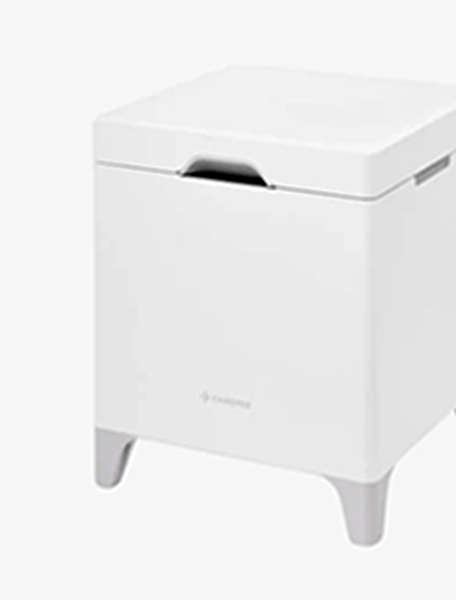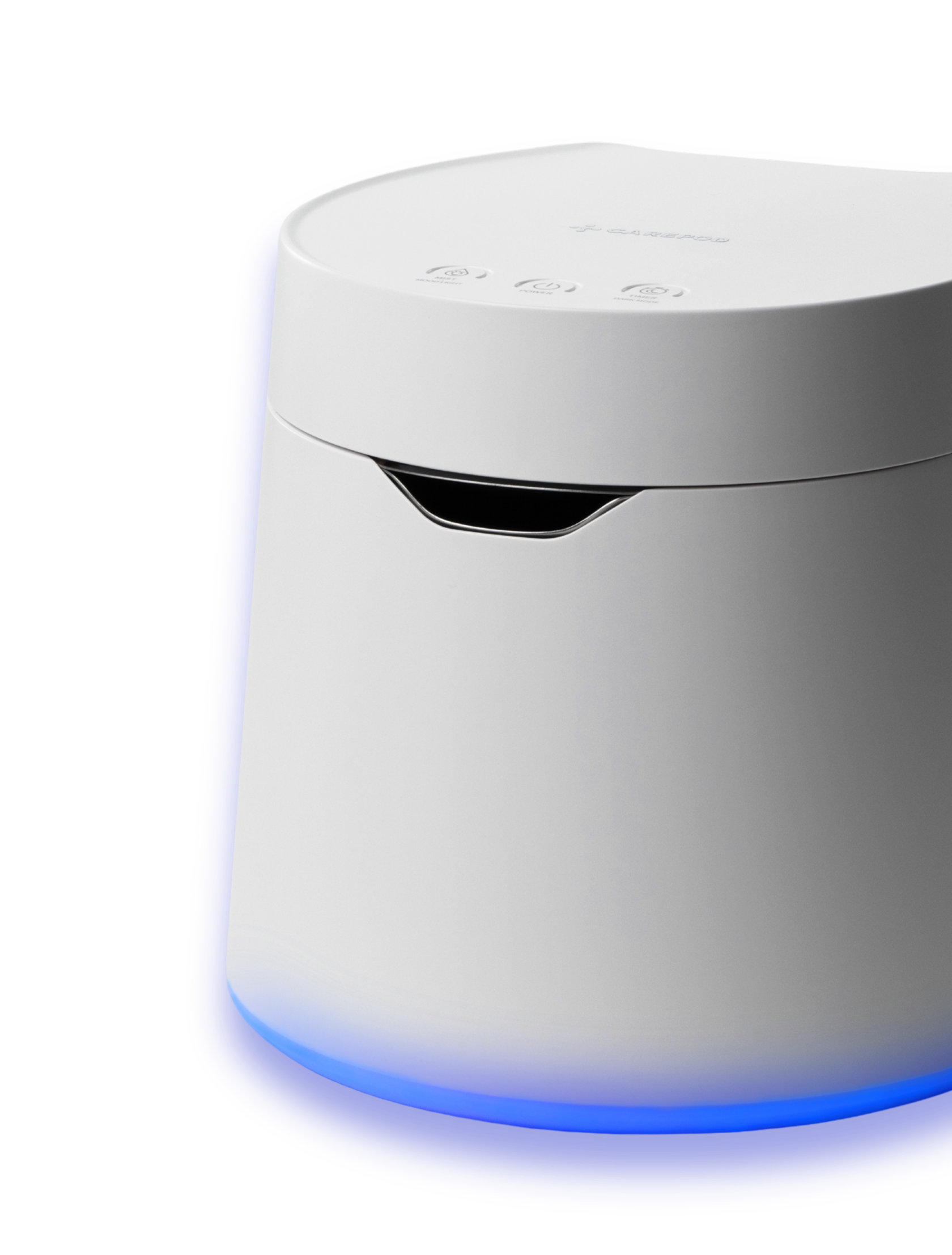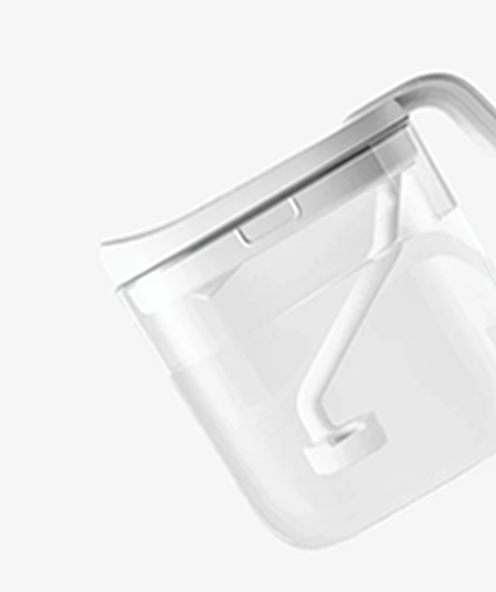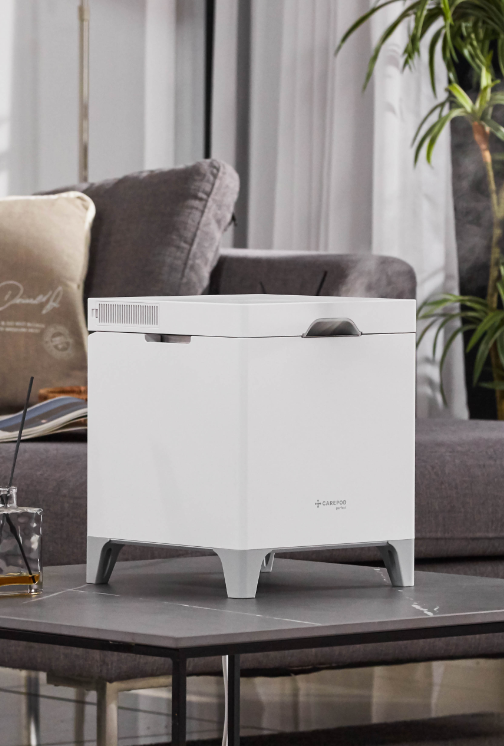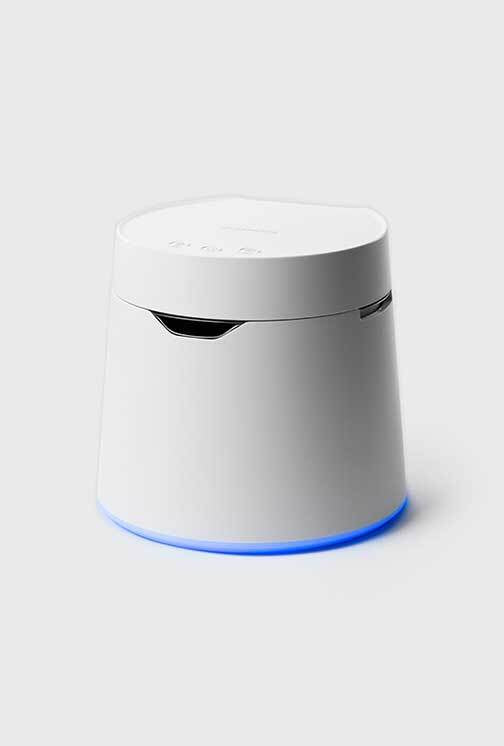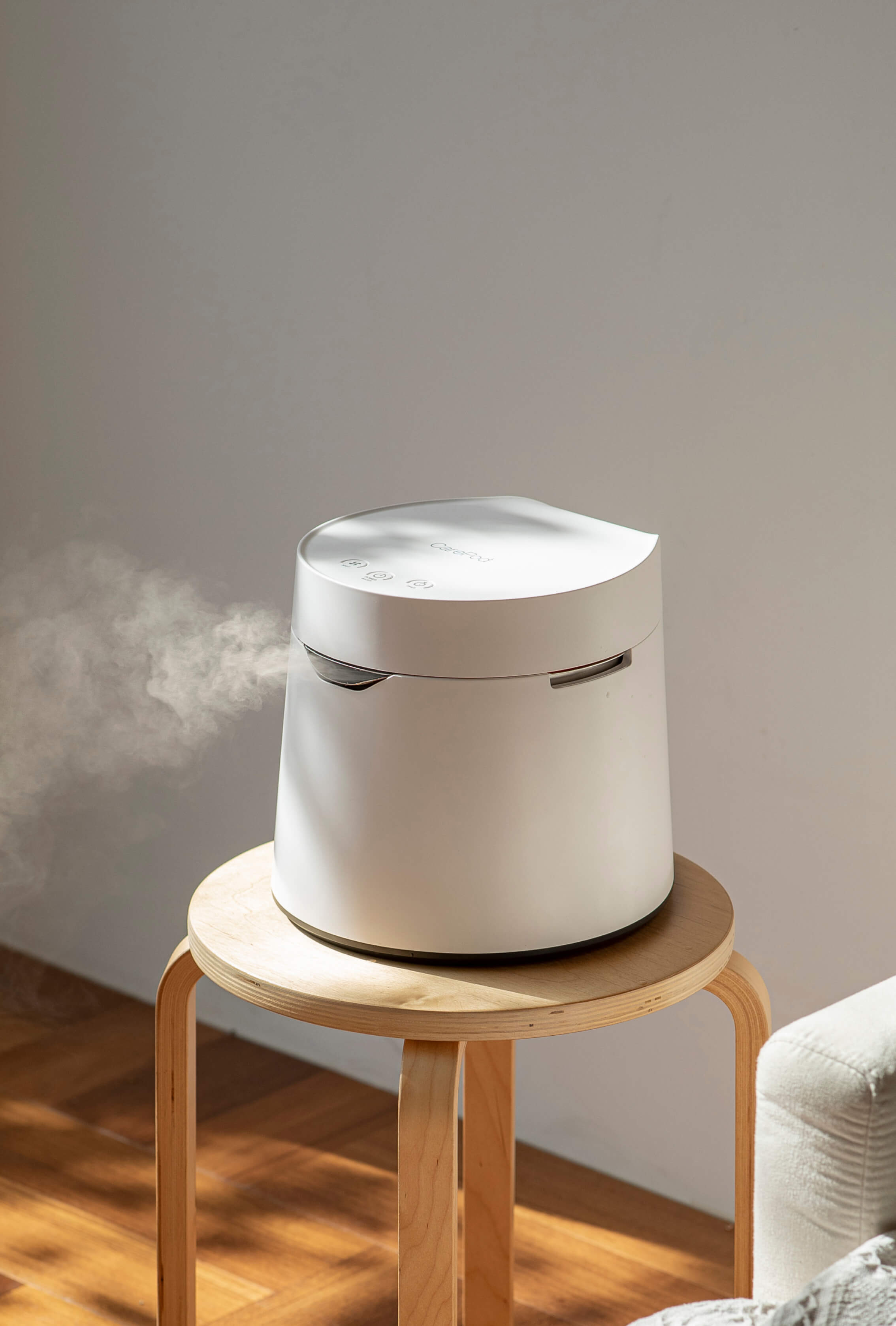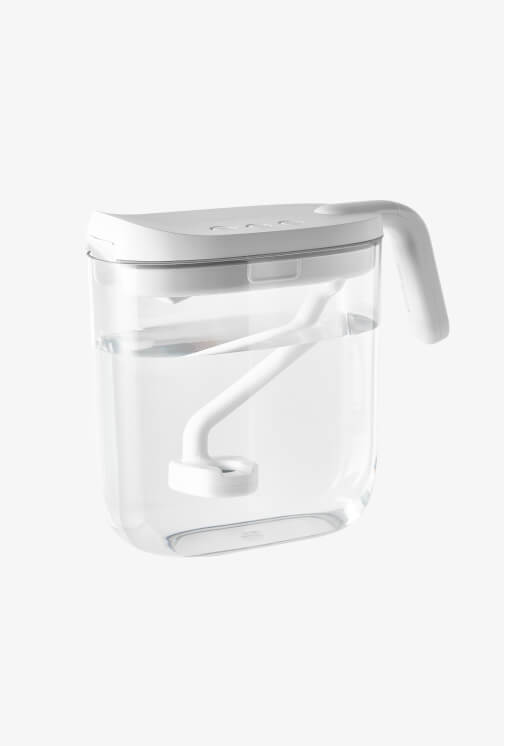Clearing The Air: 5 Common Misconceptions About Humidifiers

Every year, millions of humidifiers are sold in the U.S., and it's not hard to see why. Humidifiers help to maintain a healthy level of moisture in your surroundings and can work wonders to enhance the quality of the air you breathe. They're known for providing relief from dry skin, easing allergy symptoms, and even promoting better sleep, along with a number of other benefits for yourself and your home.
However, there are still many misconceptions that often cause people to question if a humidifier is really right for them. For instance, some believe that these devices can be difficult to maintain or even dangerous. In this article, we'll explore, explain, and debunk some of the most common myths about humidifiers, so that you can make an informed decision about whether or not to use one in your home.
Misconception 1: Humidifiers Are Only For People With Respiratory Issues
Of course, humidifiers are well known for their ability to alleviate respiratory issues. They can help ease asthma and allergy symptoms, relieve congestion, and even help prevent infections such as COVID-19, as recent studies show.
While it's true that humidifiers are especially valuable for people with these conditions, they provide numerous benefits to everyone else as well. In fact, humidifiers are a useful addition to any household, and their advantages extend far beyond simply dealing with a sore throat or stuffy nose.
For example, humidifiers work to keep your skin and hair properly hydrated, helping to enhance your overall beauty and wellness. Humidifiers also have a number of benefits for sleep — they can reduce snoring, and provide a soft, gentle white noise that helps people fall asleep — to leave you waking up feeling refreshed and rejuvenated. Learn more about 5 ways a humidifier can help you get a better night's rest.
But humidifiers do more than just improve personal comfort — they can also have a positive impact on the rest of your home. Dry air can cause wooden furniture and flooring to crack or shrink over time, but adding moisture to the air may prevent this damage. Humidifiers can also reduce static electricity, which can be a nuisance during the winter months. Maintaining enough moisture in the air can even be beneficial to indoor plants, helping to keep them vibrant and healthy, as well as pets, who benefit from healthy humidity just as humans do!
Misconception 2: Humidifiers Can Cause Mold Growth
While it is true that excessive moisture in the air can lead to mold growth, the humidifier itself is not necessarily the cause. As with any household appliance, it's a lack of proper maintenance and operation of the device that may lead to negative effects.
According to the EPA, mold tends to grow on surfaces such as walls and carpets at humidity levels of 60% and over. However, by keeping safely below this number, and ideally between 30% to 50%, rest assured that mold should not be an issue. Some humidifiers have automatic shut-off systems than turn the device off when the moisture levels rise too high. And for those that don't, simply don't run the humidifier 24/7. And if you want to measure the humidity level at any time, consider purchasing a hydrometer. These sensors are typically cheap and as easy to use as a thermometer.
Additionally, to make sure that contaminants do not accumulate inside your humidifier, it's important to regularly clean and disinfect the device at least once a week. This prevents bacteria from collecting in the water tank and being dispersed into the surrounding air. Using distilled or demineralized water can also help to prevent mineral buildup and mold growth.
By maintaining healthy moisture levels and taking proper care of your humidifier, you can fully enjoy the benefits without worrying about harmful mold or germs in your home. But how do you actually go about maintaining a humidifier? We'll cover this in the next section.
Misconception 3: Humidifiers Are Hard To Maintain
As just discussed, taking good care of your humidifier will prevent the growth of mold, bacteria, and mineral buildup, as well as other possible harmful effects. However, one of the most common myths about humidifiers is that they are difficult to maintain and clean.
The truth is that simply making a basic level of effort can ensure the longevity and effectiveness of your humidifier for years to come.
In fact, proper maintenance is as easy as the four-step process outlined below:
- Replace water regularly. Germs can build up on the surface of still water if left out for a long time, so try to refill the water tank every day.
- Use a clean water source. Distilled or demineralized water works best, as tap water may contain minerals that promote the growth of mold or bacteria.
- Remember to wash your humidifier. Be sure to follow the manufacturer's instructions for cleaning, which typically includes disassembling the humidifier, then washing with water and soap or other disinfectant.
- Keep the area around your humidifier clean. Clear off dust and debris from surrounding places to prevent mold spores and other contaminants from accumulating.
While it's true that some humidifiers can be challenging to take apart and sanitize, many models are designed with ease of use and maintenance in mind.
For instance, Carepod One features an innovative yet simple three-piece, stainless steel design, and filter-free design that makes cleaning extraordinarily simple and allows for brand-leading 99.9% sterilizability.
Misconception 4: All Humidifiers Are The Same
Many people believe that all humidifiers are the same, but that could be further from the truth. While all humidifiers serve to increase moisture levels and help to relieve a number of health issues, they can vary in form and function.
There are four main types of humidifiers, each with their own unique features and benefits.
Ultrasonic humidifiers use high-frequency vibrations to create a fine mist that is dispersed into the surrounding air. These devices are typically quiet and energy-efficient.
Steam vaporizer humidifiers include a heating element that boils water and releases steam into the air. They're ideal for providing a soothing warm mist during colder seasons of the year.
Evaporative humidifiers work by using a fan to blow air over a wicking filter, releasing tiny water droplets into the air and producing a cool mist that is perfect for warm climates.
Central humidifiers are meant for the entire home. They are built into the cooling and heating system of your house or building, circulating moisture into the air through the HVAC system.
By understanding the differences between each type of humidifier, you can be fully prepared to choose one that best suits your needs and preferences.
Misconception 5: Humidifiers Are Only Useful In The Winter
Another common misconception is that humidifiers are only useful in the winter. While it's true that humidifiers are most commonly used during colder months to combat dry air from caused by indoor heating systems, they can surely provide benefits all year round.
In fact, during the summer months, running the air conditioner can also dry out the air in your surroundings, causing the same kinds of issues as heating systems during the winter. So using a humidifier can help to maintain a healthy level of moisture in your home, no matter the season. In fact, a cool mist humidifier can even provide a nice, refreshing breeze during the warmer months, so you might not even need to run the A.C. as much, cutting down on energy costs.
Check out this article for more on the benefits of using a humidifier over the summer.
During the spring and fall, many people experience seasonal allergies, and of course, a humidifier can help greatly with that. Maintaining a comfortable level of moisture in your home, as discussed before, may alleviate allergy symptoms and help with various respiratory issues.
Final Thoughts
As widely popular and beneficial as humidifiers are, they are also somewhat misunderstood. To summarize:
1. Humidifiers are not just for people with respiratory problems, and they can offer a wide range of benefits beyond dealing with cold symptoms and congestion.
2. Maintaining a healthy level of humidity (between 30% and 50%) and cleaning your humidifier regularly will prevent potential mold growth, both inside and outside of the humidifier.
3. Humidifiers are not extraordinarily difficult to maintain, and many models, such as Carepod One, feature an easy and innovative design that allows for simple cleaning and sterilization. Just remember to refill water, use a clean water source, disinfect each week, and keep the area around your humidifier clean.
4. There are four types of humidifiers — ultrasonic, steam vaporizer, evaporative, and central — and understanding how each works can help you make an informed decision about which is best for you.
5. Contrary to popular belief, humidifiers useful all year-round, helping to counteract dry air caused by heating and air conditioning systems in the winter and summer, and combating allergy symptoms in the spring and fall.
By understanding the truth behind these common misconceptions, you can make a much more informed decision about whether a humidifier is right for your home.
